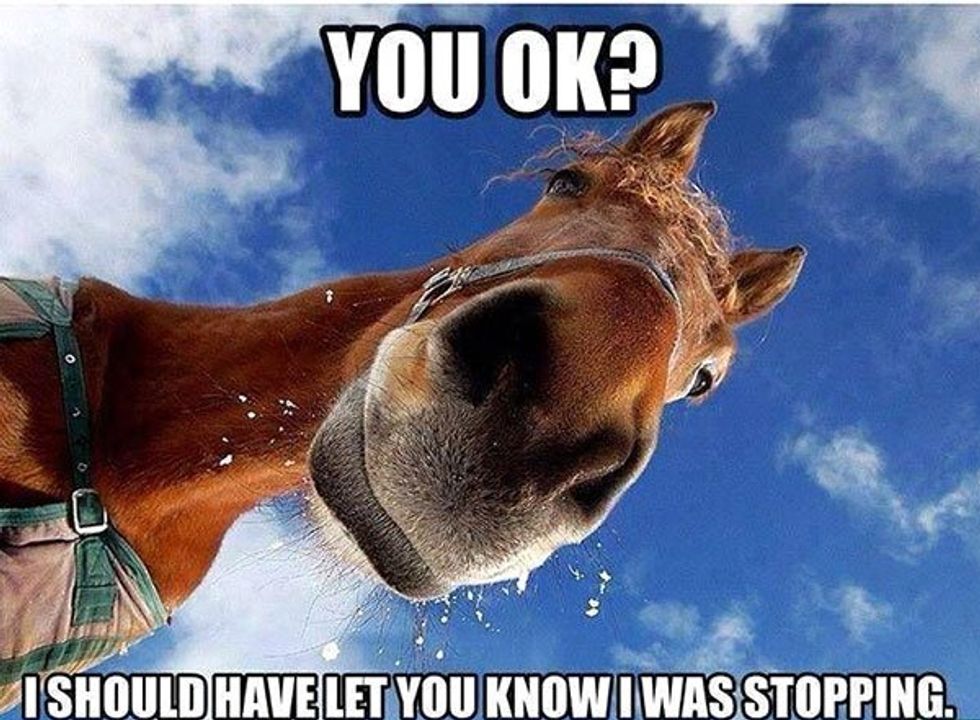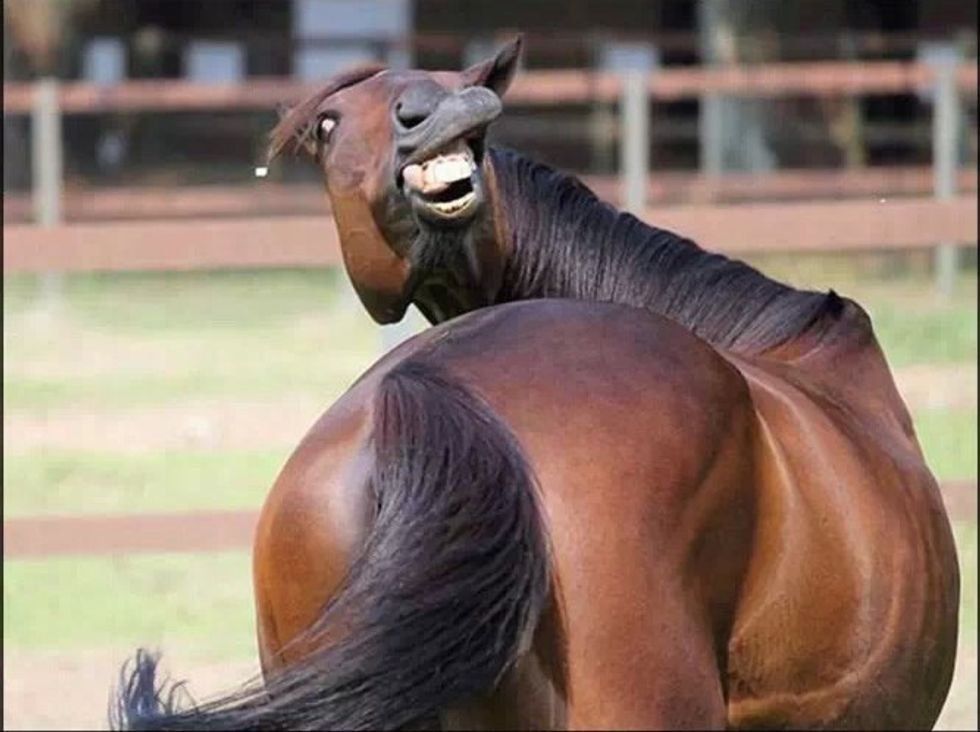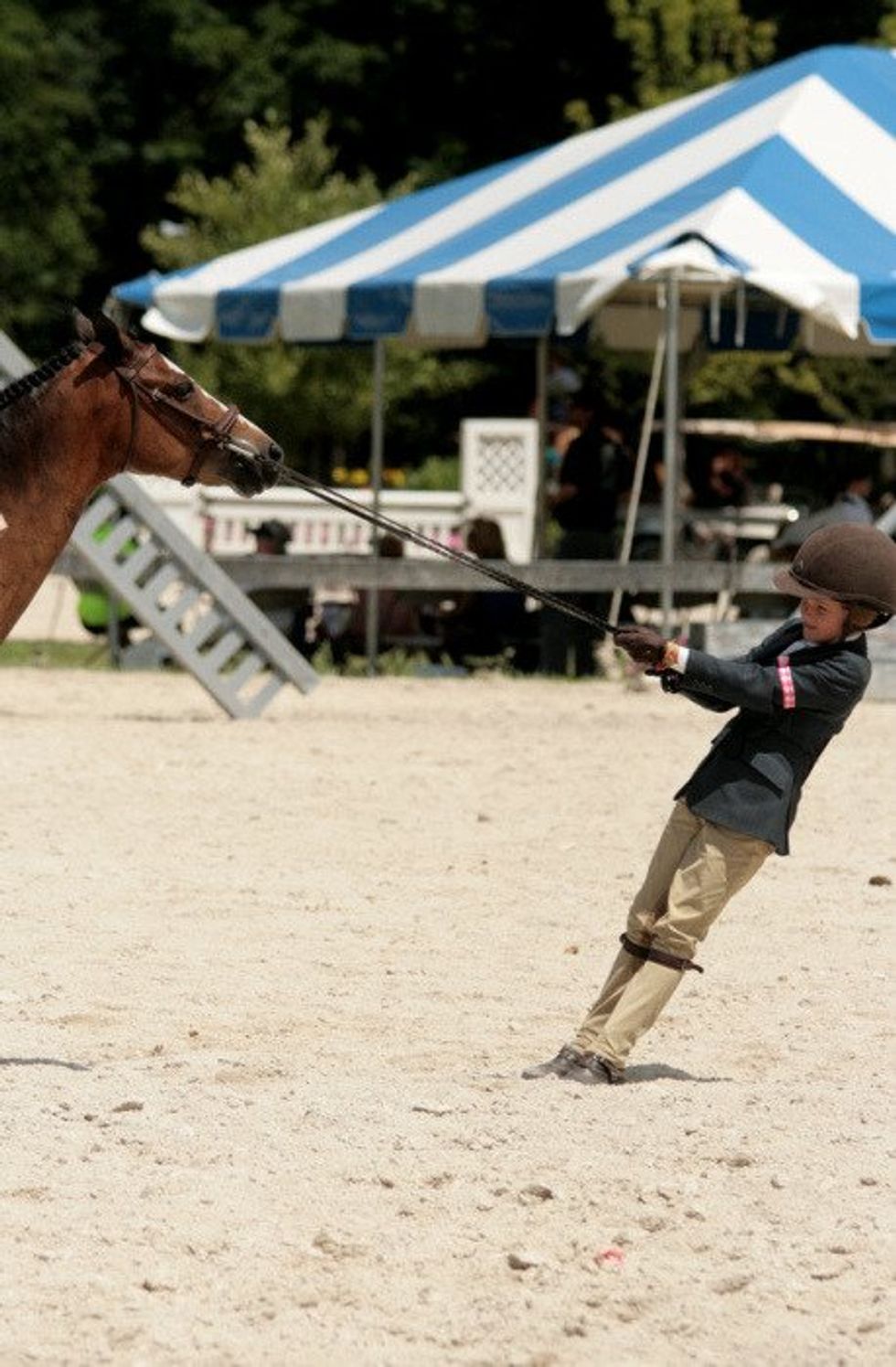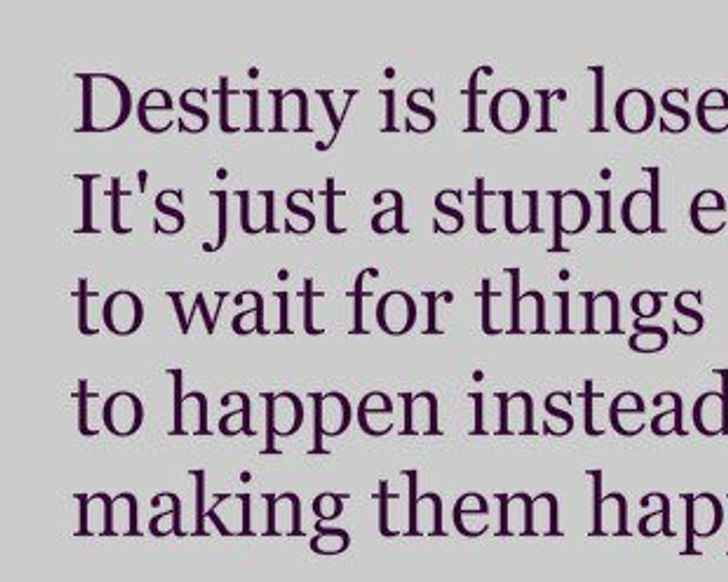Point your toes. Shoulders back. Ribs in. Hold your abs. Turn out. Breathe in... Breathe out - hold it. The room grows silent as a dozen ballerinas and I hold our attitudes. The monotonous list of corrections run through our heads, yet some of us forget the most important on the list (Breathe in... Breathe out...); just eight more counts. Eight. Lengthen the arms. Seven. Don’t lean back. Six. Stay on relieve. Five. Straighten the supporting leg. Four. Breathe. Three. Knee up. Two. Don’t get tense. One. Relax.
An hour into class, barre work ends and floor work begins. The change is dramatic: all corrections given at the barre must be in place without something to grab hold of when gravity kicks in. Faint piano chords slowly resonate and adagio begins. I lift my right leg to a développé for three counts, place my arms in high fifth position (the classical norm), glance into the mirror, and see a dozen dancers doing développé on the left leg. I swiftly switch: it is all about composure. After the mishap, the combination only continues. I peek into the mirror. Our teacher slowly walks around the room, stares, bites her thumb (she has something to say...), and then blares out “POINT YOUR TOES!” We tense our feet; our teacher tenses her face. The simplest moves become impossible. Basic ballet, a seemingly transparent concept to our level of expertise, has formed into an abstruse atrocity in our minds.
One joy of being a ballerina is the discipline that can be used throughout all aspects of life. I encounter seven classes a day at school, surrounded by the frazzled faces of my peers, but I have no worries. Composure. Confidence. Courage. When I first started dance, it was hard to concentrate on the multitasking, respecting the choreographers, and understanding constructive criticism. Now, I feel disciplined, knowing that I can walk through life on the tips of my toes.
Dancing is no stress-free vocation. Some days I can think of a thousand things I’d rather do than juggle a million steps and judge myself in a mirror. However, when I finally get to class, I can’t think of any place I would rather be. I find myself enjoying the strenuous structure to provide myself the most organized lifestyle possible. My mind goes on a journey, connecting all the events in my life and realizing that I balance them better because of ballet.
We need structure to handle life. It’s through structure that we flourish as a society. We learn that the way we compose ourselves is a direct reflection on our disposition. Ballet is about equanimity; everyone needs balance. By respecting the choreographers, and juggling the movements, the dancer is really learning how to properly compose themselves, especially in stressful situations. It is a colossal undertaking for a dancer, as young as two, to learn how to stay calm under intense strain. The dancer is composed, and a calm, cool, collected composure leads to an overall happier life.





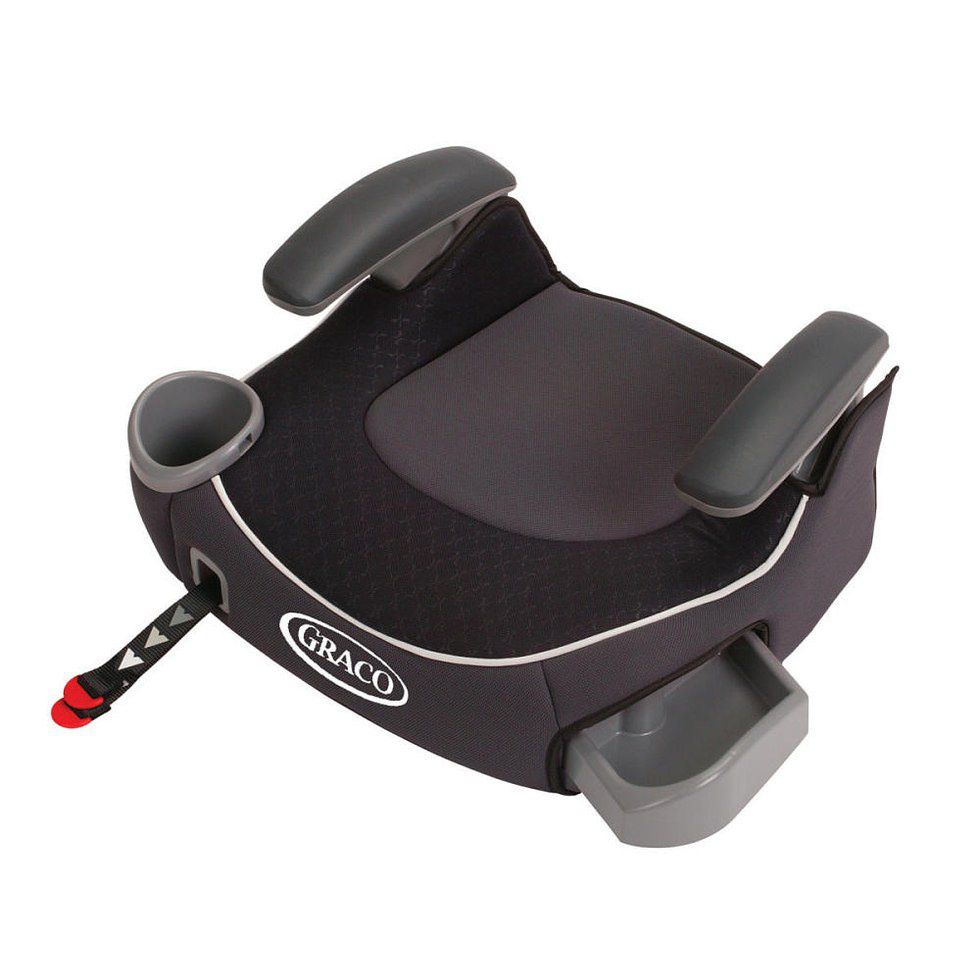


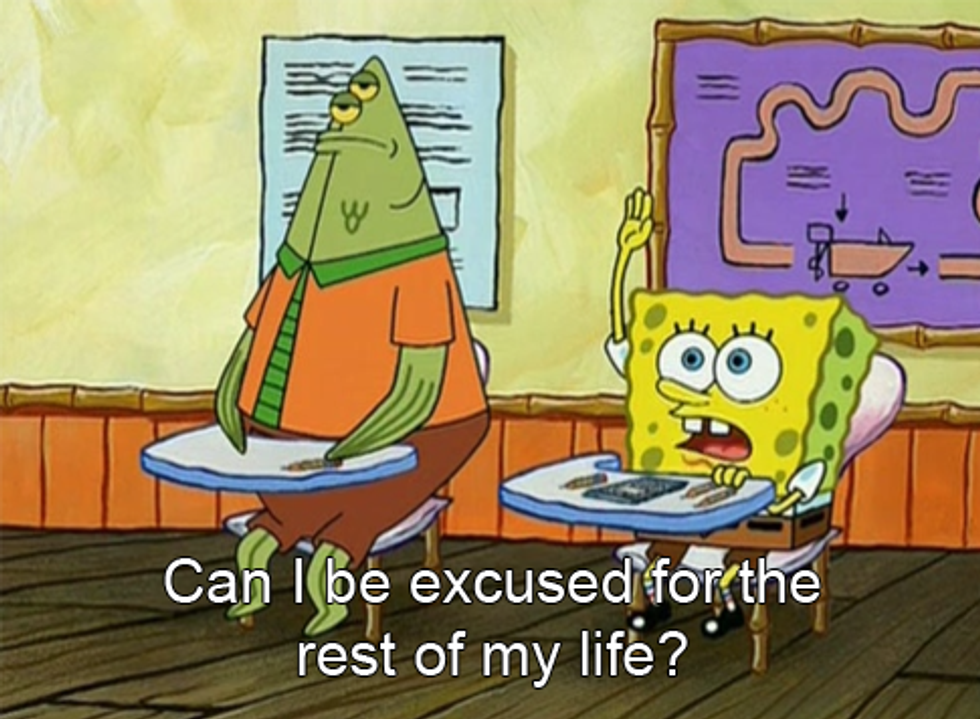



 teenhorseforum
teenhorseforum